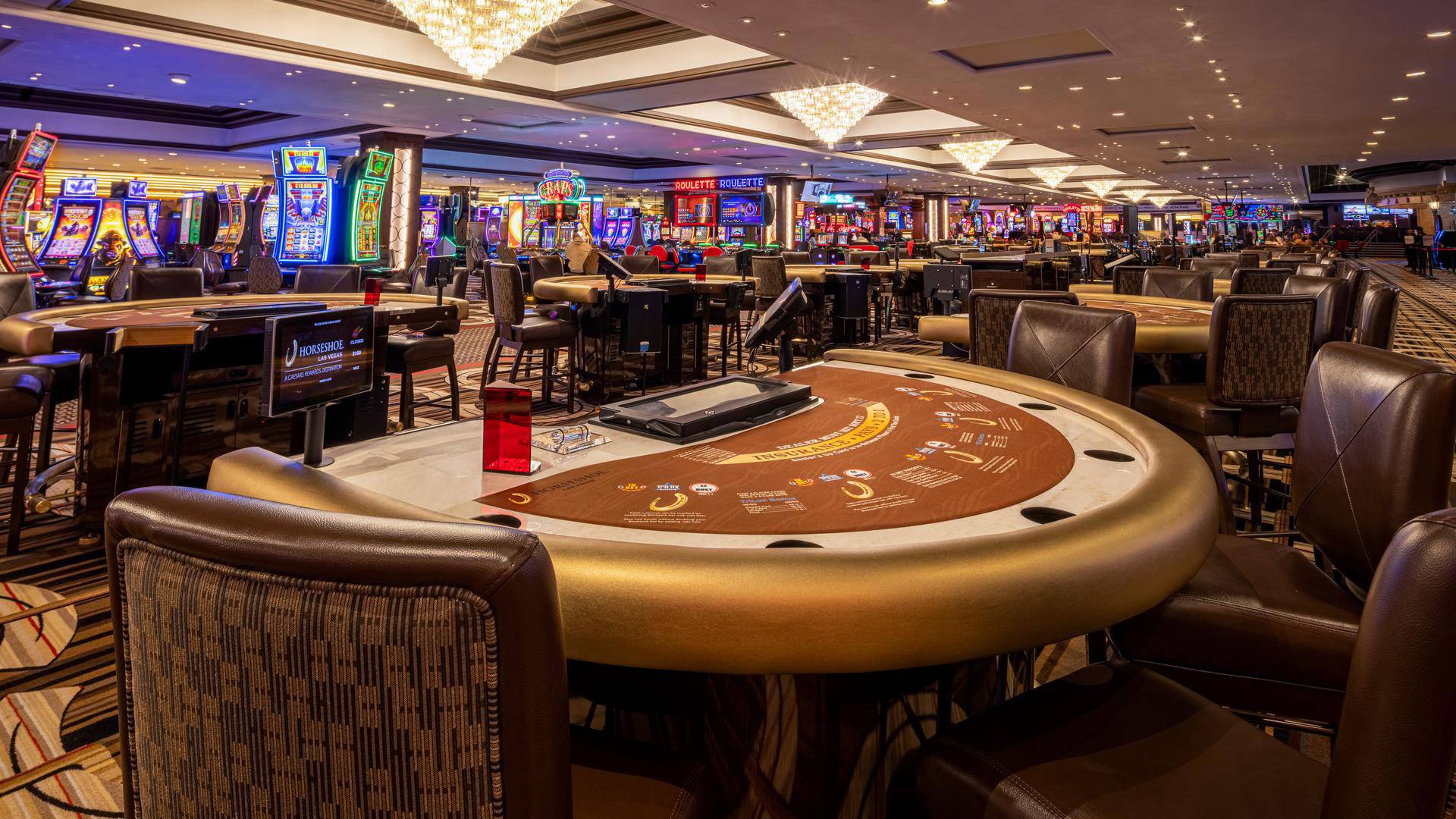The manner in which Gambling Games Employ Hue and Layout to Entice Players

In the dynamic and thrilling world of casinos, where fortune and strategy intertwine, color and aesthetic play a key role in attracting gamblers. thương hiệu F168 From the moment visitors step inside a casino or access a gaming platform, they are immersed in a visual feast that captures their attention and entices them to explore further. Vivid colors, engaging graphics, and creative layouts are carefully crafted to create an atmosphere of excitement and anticipation, ultimately improving the gaming experience.
As players navigate through the ever-changing landscape of casino games, they come across a range of designs that not only serve aesthetic purposes but also influence feelings and choices. Hues like scarlet and gold symbolize wealth and fortune, while soothing blues and greens can create a more relaxed environment. Grasping how these elements function together allows casinos to create an inviting and energizing atmosphere that encourages players to engage with the games, spend additional time at the tables, and increase their general enjoyment.
The Science of Hue in Gambling Games
Color plays a key role in the design of gaming experiences, influencing players' emotional states and behaviors. Bright and vibrant shades, such as red and gold, are often used to ignite excitement and attract notice. These colors create a feeling urgency and energy, encouraging participants to participate more enthusiastically with the activity. By thoughtfully selecting colors, designers aim to elicit feelings of satisfaction and anticipation, which can enhance the total gaming experience.
Distinct shades also have psychological connotations that can influence how gamblers perceive their chances of success. For case, green is frequently associated with good fortune and abundance, making it a popular choice in games like roulette and poker setups. This link can lead players to feel more positive and self-assured in their gaming, ultimately motivating them to bet more. Understanding these associations allows game developers to craft environments that enhance player happiness and engagement.
Furthermore, the interface of casino game interfaces often employs gradients and contrasting colors to instruct players' responses. For example, winning combinations may be emphasized with bright, contrasting colors, creating a visual reward. This approach supports favorable outcomes and promotes repeated participation. By utilizing color psychology, casinos can design games that not only captivate participants but also keep them interested and committed in their gaming experience.
Design Elements that Engage Gamers
The aesthetic appeal of gambling games is primarily influenced by the use of vibrant colors. Bright and striking colors are deliberately chosen to create an appealing atmosphere that captures interest. For instance, crimson and golds often signify luck and prosperity, which is why they are prevalent in the palettes of gaming machines and table surfaces. These colors not only draw players in, but they also stir emotions related to thrill and expectation, enhancing the total gaming experience.
In parallel to color, the aesthetic and organization of gambling games play a significant role in captivating players. Games are designed to be user-friendly, ensuring that players can easily understand the rules and mechanics. User-friendly interfaces, along with captivating graphics and motion, help maintain player interest and promote longer play sessions. The tactile elements, such as the texture of the buttons and the audio of the games, also contribute to a holistic sensory experience that keeps players engaged.
In conclusion, thematic elements in gaming design can significantly influence player choice. Many gambling games are inspired by popular culture, fairy tales, or exploration motifs, featuring symbols and characters that resonate with players. These themes create a sense of immersion and relatability, making each game feel distinct. When players feel a bond to the theme, they are more likely to opt for that game over others, leading to increased participation and excitement within the casino environment.
Case Studies: Successful Gambling Table Game Designs
One noteworthy example of impressive casino game design is the acclaimed slot machine series themed around popular movies. Games such as those based on the Wizard of Oz and Game of Thrones utilize vibrant colors and high-quality graphics to immerse players in familiar narratives. The application of moving visuals and engaging sound effects takes the interest of players, building an psychological connection to the theme. This approach merely encourages longer play but also boosts the overall gaming experience, resulting in increased player retention.
Another successful case is the use of color psychology in table games like blackjack and roulette. Casinos often create these games with deep reds and greens, colors traditionally linked with luck and wealth. For instance, the emerald felt on a blackjack table provides a calming effect, while the crimson accents in roulette invite thrill. This intentional use of color helps to create an inviting atmosphere that stimulates players to participate, satisfying their psychological impulses and increasing their enjoyment.
Finally, social casino games that incorporate community features and bright, dynamic designs have seen remarkable success in engaging players. Games like Zynga's Poker and Slotomania leverage vivid colors and playful animations to establish an inviting online environment. The inclusion of leaderboards, community sharing options, and in-app rewards promotes competition and community, pulling players in for longer sessions. Such designs not only make the games visually enticing but also highlight social connectivity, a vital factor in player retention and engagement within online casino environments.
